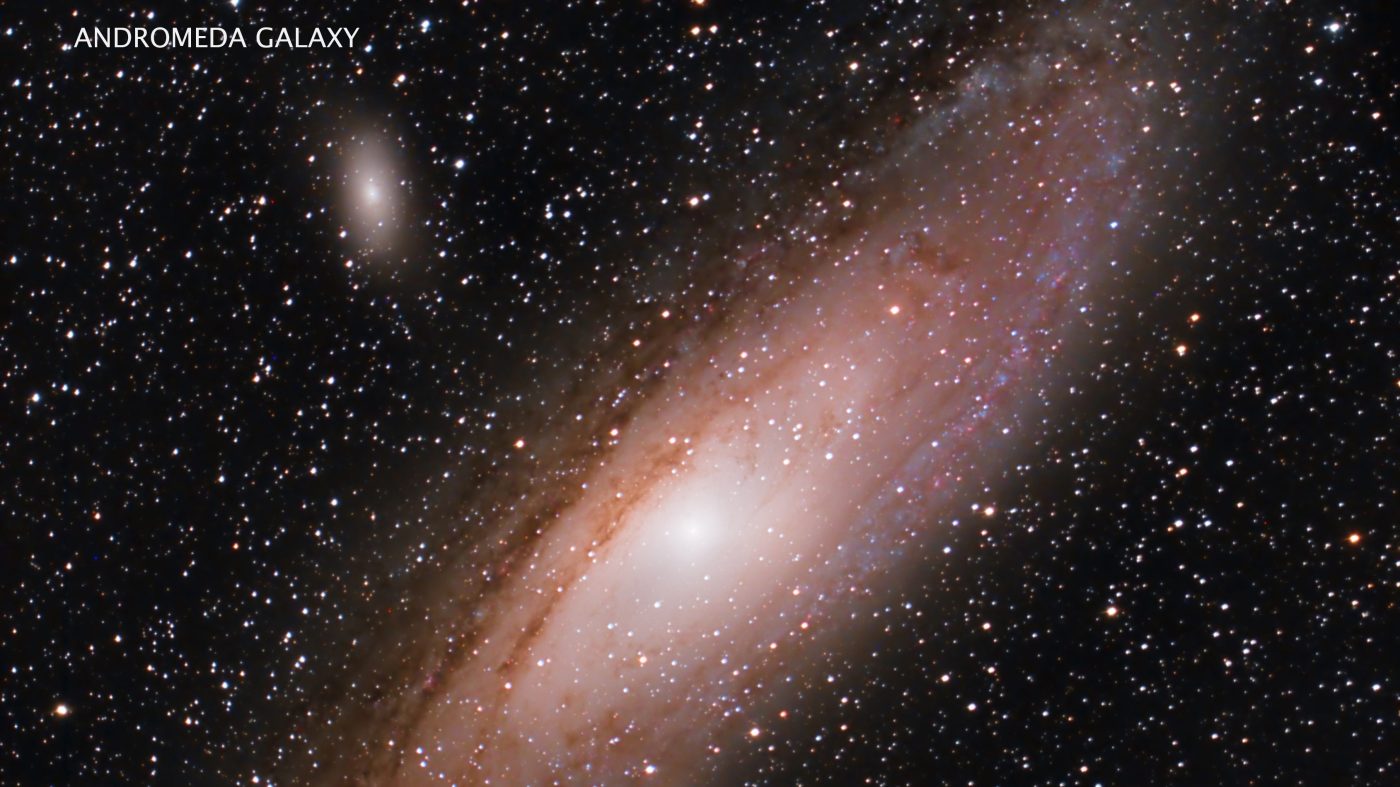
Skywatch: Late night with the stars in June
If you’re a night owl, this is the perfect time of year for you! Stargazing has now transformed into a thrilling late-night adventure. The first 10 days of June promise the best stargazing experience, with the moon mostly out of the sky, providing a darker backdrop for your celestial treasure hunt.
(Mike Lynch)
The continuous transition in the night sky is a fascinating process. As our Earth continues in its orbit around the sun, the nighttime side of the Earth faces different directions in space from month to month and season to season. By the start of June, most of the stars and constellations of winter have vanished from our evening skies. Among the few brighter winter stars still with us after dusk are Castor and Pollux, in the constellation Gemini the Twins. You can see them side by side in the low west-northwestern sky. In the lower north-northwestern sky is the bright star Capella in the constellation Auriga the Charioteer, on its way off our celestial stage.
A little higher above the western horizon, look for a right-leaning backward question mark. That outlines the chest and head of one of the brighter spring constellations, Leo the Lion. Its brightest star is Regulus, at the bottom of the question mark, depicting the lion’s heart. Moderately bright stars arranged in a triangle make up Leo’s rear and tail.
Face north, lie back on a lawn chair, and you’ll easily see the Big Dipper hanging by its handle in the high northwestern heavens. The Big Dipper isn’t an official constellation, but it does outline the rear end and tail of Ursa Major or the Big Bear. Not far away is the fainter Little Dipper, standing on its handle. Polaris, the North Star, resides at the end of the handle. The Little Dipper doubles as the actual constellation Ursa Minor or Little Bear.
Extend the arc of the handle of the Big Dipper beyond the end of the handle, and you’ll run right into a very bright orange star. That’s the red giant star Arcturus, the brightest star in the evening sky this month. It’s more than 20 times the diameter of our sun and around 37 light-years away. The light from Arcturus tonight left that star in 1987 when “The Simpsons” first appeared on our TVs. Arcturus also serves as the brightest star in the constellation Bootes the Herdsman, although the constellation really looks more like a giant nocturnal kite with Arcturus at the end of the tail.
Over in the east, summer stars are making their initial evening appearance. Leading the way is Vega, the brightest star in Lyra the Harp. To the lower left of Vega is Deneb, the brightest shiner in Cygnus the Swan, otherwise known as the “Northern Cross,” rising sideways in the east. Deneb is an enormous star at the head of the cross and is at least 1,500 light-years from Earth, and maybe a lot farther! The light we see from Deneb left that huge star around 500 or possibly much earlier than that!
The only naked-eye planets available this June are in the very early morning sky. Mars and Saturn rise above the eastern horizon by 3 a.m. in early June and by 2 a.m. late in the month. They should be easy to spot as they’re the brightest star-like objects in that part of the sky. Saturn is the brighter of the two, to the upper right of Mars.
Through a telescope, Mars won’t be all that impressive. About all you’ll see is an orange-red dot. It’s a much smaller planet than Earth, a long way away at over 170 million miles. Early next year though, Mars will be much closer to Earth, just under 60 million miles, and will put on a nice show.
Saturn, much larger than Mars, will be better through even a small telescope even though it’s over 900 million miles away at the start of June. What will be disappointing about viewing Saturn is that the very thin ring system is tough to see. That’s because it’s nearly on edge from our vantage point on Earth. Unfortunately, that’s how it will be for the rest of this year and through early 2025. After that, the angle of the angle of the ring system will start increasing again.
Enjoy June stargazing, the late show!
Mike Lynch is an amateur astronomer and retired broadcast meteorologist for WCCO Radio in Minneapolis/St. Paul. He is the author of “Stars: a Month by Month Tour of the Constellations,” published by Adventure Publications and available at bookstores and adventurepublications.net. Mike is available for private star parties. You can contact him at mikewlynch@comcast.net.
Related Articles
Skywatch: Little crown of night sky may pop a new star this summer
Skywatch: Arcturus is the great star of summer and on the rise … for now
Skywatch: Star hopping in the spring sky
Skywatch: We’re getting dumped on
Skywatch: Springtime skies with a touch of summer


